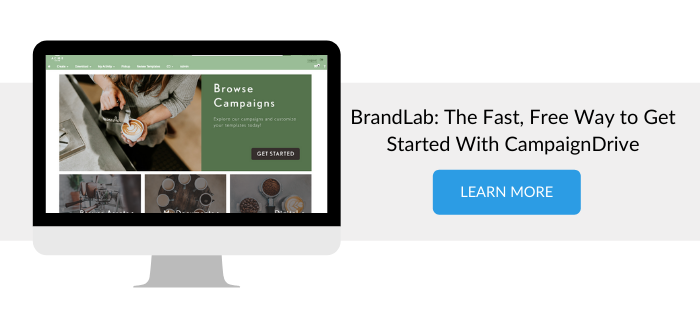Template installation is a crucial step in the local marketing automation process.
It's also a tricky one.
Yet, amongst our clientele, we have noticed a consistent rise in template installation. This is a great sign because it means that marketing automation is growing in popularity as marketers realize the many benefits of it mainly, cost efficiency, consistency, and flexibility.
Because we recognize the importance of template installation, Pica9 is constantly working to make the process easier and more intuitive for our CampaignDrive user base. In fact, if you are working on a marketing automation platform (whether home grown, built by Pica9 or one of our competitors), there are certain procedures we think lead to better templates, and in turn better ads.
Mainly, it boils down to knowing how to anticipate all the different ways a brand template may be used. A daunting concept, indeed. To help you along the way, here are our top five tips and tricks for template installation.
1. Start from the legal, and work your way up.
No matter how
flexible your template may be, the one aspect that you can't afford to botch is the legal. So, when installing a template, before anything else, ask yourself some basic questions about the layout of the legal. Will it need to grow or shrink, depending on the size of the ad? Will it need to generate in
different font colors, depending on the background image?
2. Don't underestimate the complications of logos.
Your logo is one of the most basic elements of your brand's advertising, right? While that may be the case, be careful not to over simplify the role of logo uploading. If your brand's dealers have local versions of your logo, or if they have an occasion to include a partner's logo, you need to consider that dealer's capabilities for uploading and manipulating files. Any good marketing automation system will have the ability to convert most logo files from RGB to CMYK. You'll also need to consider what file types will be accepted in your template. JPEGS are the easiest file type for most non-designers to work with, but JPEGS are also fairly inflexible because they have an opaque background that could cause problems as the color and layout of the ad's background image change. Additionally, JPEGS have scale constraints based on their resolution. There is no cut and dried best-practice method for determining how logo uploads should be handled, but it is important to ask yourself these questions in order to determine the best possible solution for your brand and the users of your system.
3. Photo cropping.
Determine the appropriate balance between end-user responsibility and predetermined regulations. Scaling photos for different sized ads is a basic function of any marketing automation system. But how will the photo crop depending on the ad size and aspect ratio? A highly flexible template allows end users to create their own solutions, but this may or may not be the best way to handle this situation depending on the innate design skills of your user community. When installing a template, determine how strictly you need to regulate the way images can be cropped, so you don't wind up with ads that are visually awkward or even worse, unreadable.
4. Regulate the copy SQUEEZE.
Across all user communities, we have noticed that local marketers like to squeeze as much information into the space of an ad, often at the expense of design aesthetic. Good marketing automation platforms are capable of regulating how much copy a user can include. The trick, once again, is to consider how much flexibility you can afford your end users when installing your ad template, keeping in mind they have a tendency to be wordy.
5. Don't steal!
This may sound a bit comical (that's intentional), but we all know that plagiarism is a serious offense. Playing "fast and loose" with intellectual property and licenses is extremely common, especially when it comes to photographs and fonts. Keep this in mind when you're installing templates, take advantage of your marketing automation system's permissions and audit trails, and make sure your system can handle expiration dates on your creative. Protect your brands integrity and prevent the possibility of legal problems associated with intellectual property theft and plagiarism.
Template installation is not always a simple process. However, it's important to remember that for every one template you install, your brand can created unlimited advertisements. So if you dig deep and ask yourself the right questions, the time you take to create a template will be well worth your efforts.
Have you come up with any tips and tricks for the template installation process? If you are working on a template and come across any problems, let us know! Whether you are working on one of our systems or not, we would be happy to help!
See for yourself the power of dynamic brand templating! Simply upload a pdf and we'll turn it into your very own brand template.




